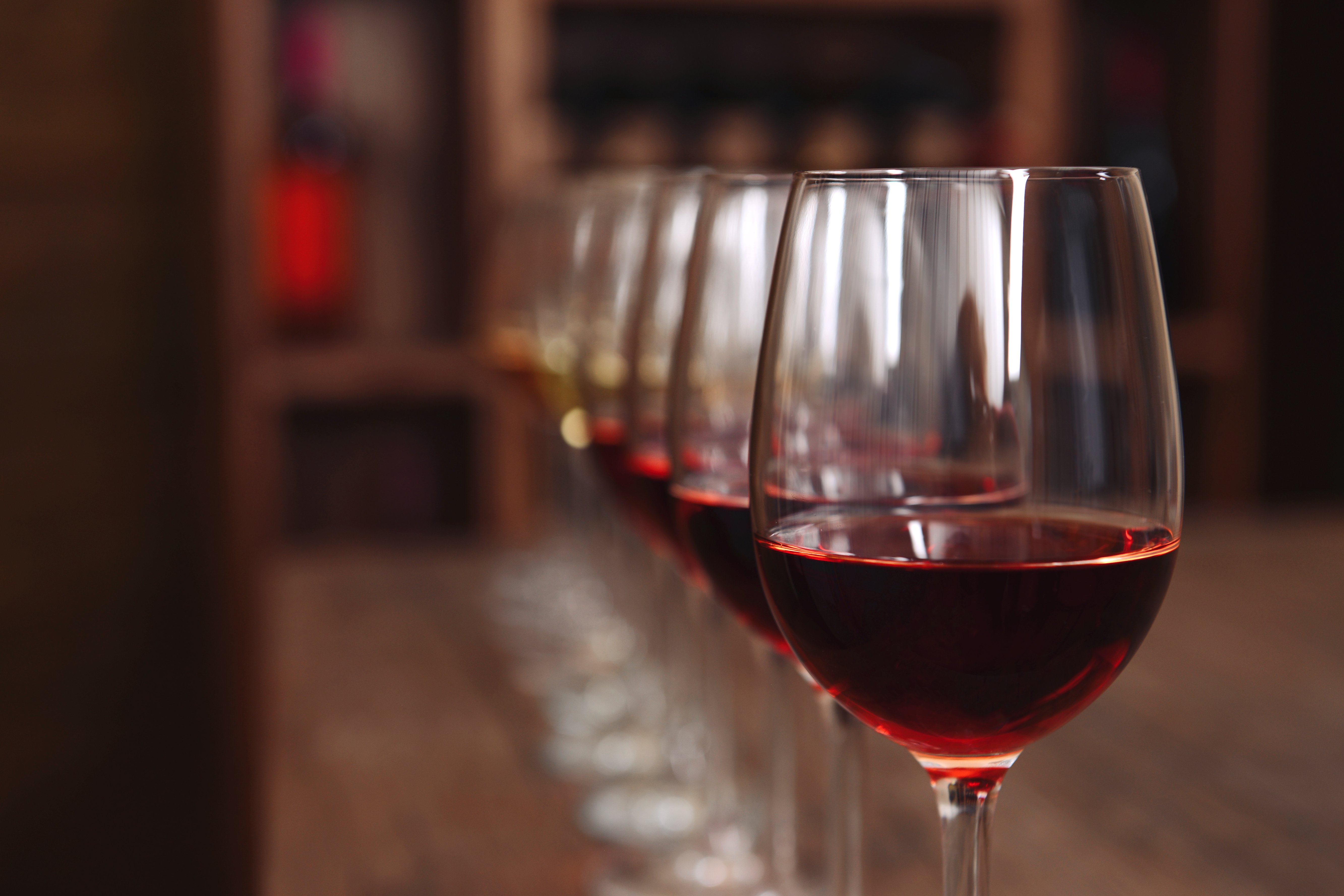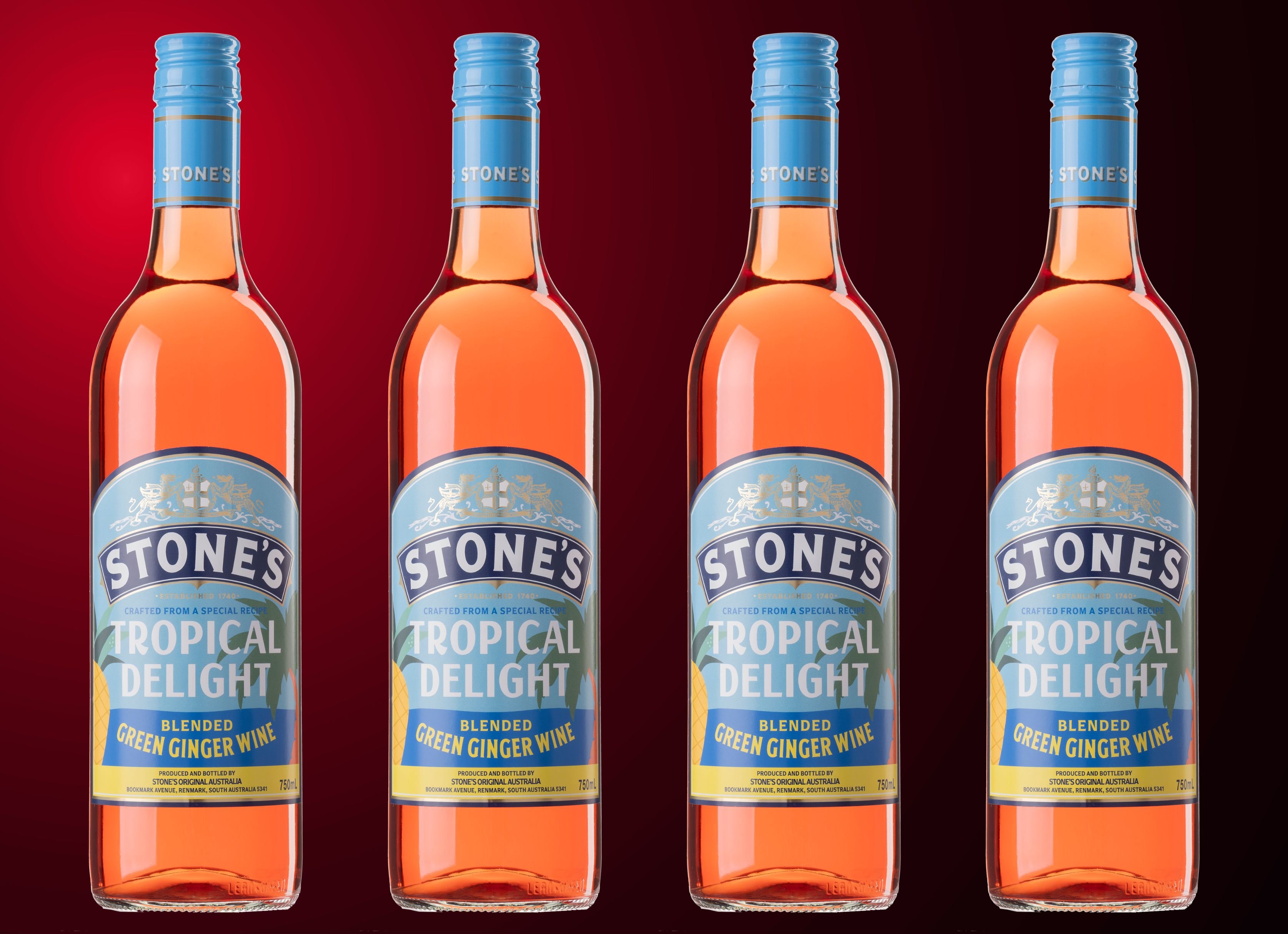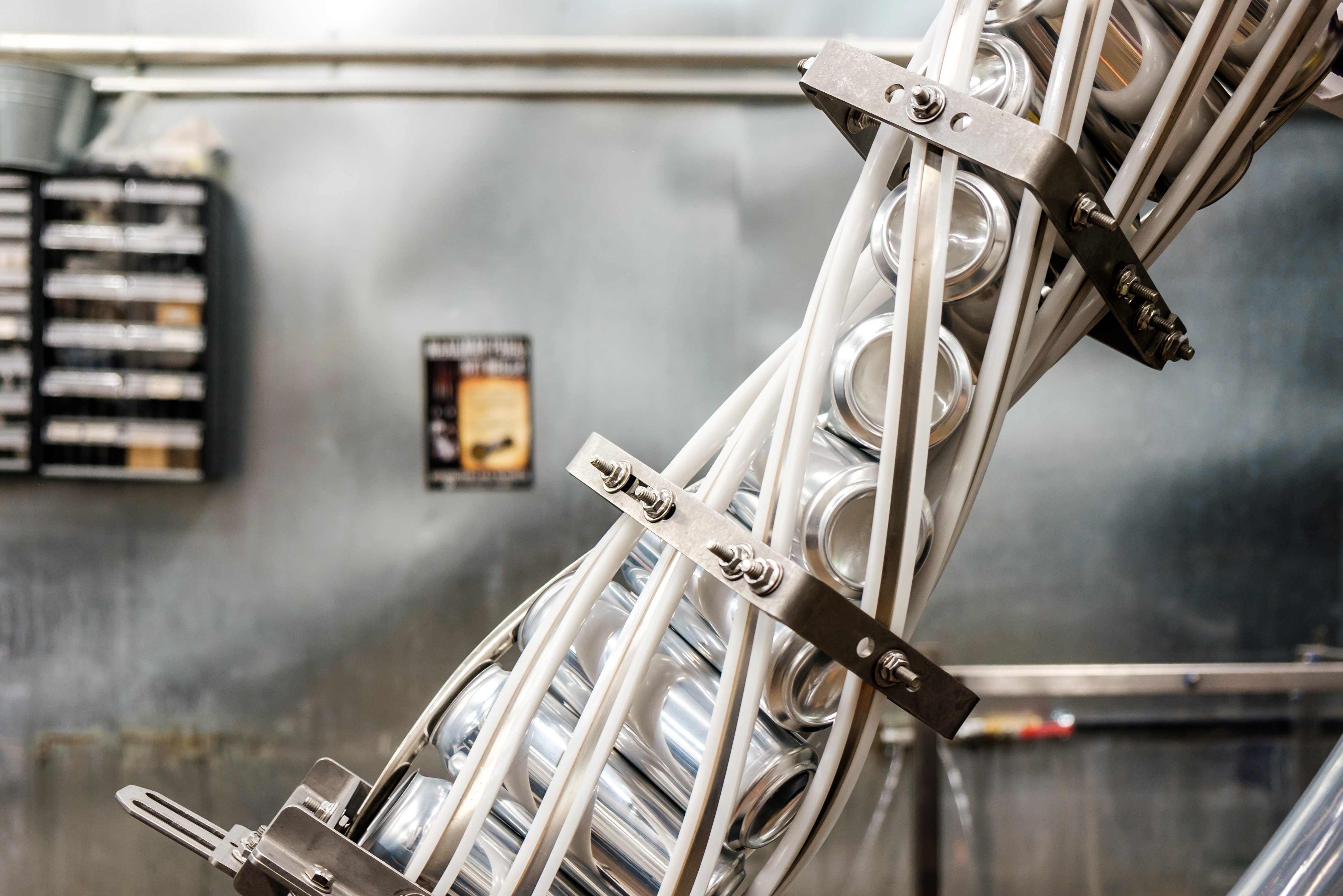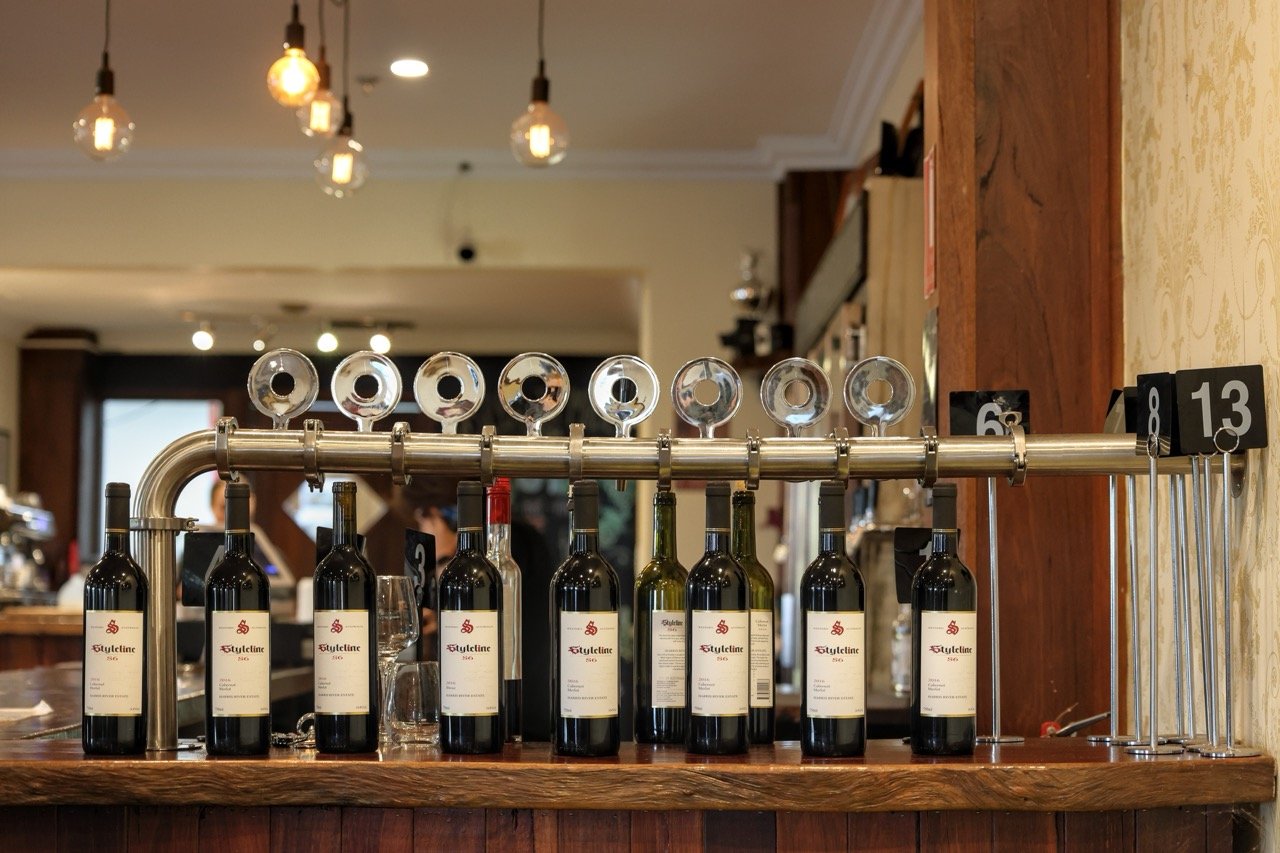A recent UK-based study has found that, on average, removing the biggest by-the-glass option resulted in an almost 8% reduction in overall wine volume sold in pubs and bars. Interestingly, the research found no indication that the reduced consumption impacted venue profits, “perhaps due to the higher profit margins of smaller serving sizes of wine,” claimed the report.
The experiment, conducted by the University of Cambridge, took place across 21 licensed premises over a duration of four weeks. After removing the venue’s largest wine serving (usually 250mL) researchers monitored the overall volume of wine sold. While finding no impact on profitability, four venues did receive increased complaints about the absence of a larger serving size.
“It looks like when the largest serving size of wine by the glass was unavailable, people shifted towards the smaller options, but didn’t then drink the equivalent amount of wine,” said Dr Eleni Mantzari, the report’s first author.
“People tend to consume a specific number of units – in this case glasses – regardless of portion size.
“So, someone might decide at the outset they’ll limit themselves to a couple of glasses of wine, and with less alcohol in each glass they drink less overall.”
The researchers also found no indication that eliminating a larger wine serve resulted in an uptake in beer and cider consumption. The study summarised its findings with the conclusion that removing the option of a larger by-the-glass size could directly assist in helping to curb the public’s alcohol consumption.
The full paper is available to read here.
Share the content










